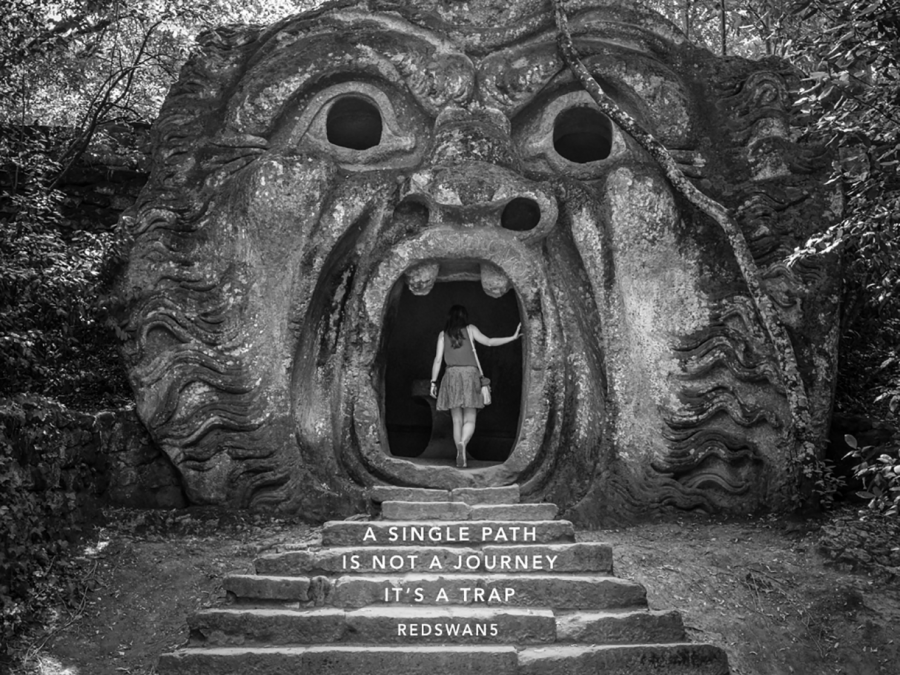
Customer engagement is a vital part of every conversation across an enterprise. It involves everything and every action the customer encounters — and is based on a deep emotional connection. A connection that intrigues, assures, entices, satisfies and soothes the customer so that they never look at the competition.
Customer engagement can be defined differently within an organization and even within a single department. When launching a new product or service, how do you determine what connection and which series of actions are the most valuable? Do you have a plan for the most profitable customers to engage with your organization?
81% of marketers admit customer engagement is the top priority yet only 28% have a plan*
There is a better approach. Just remember these three key points:
- Discuss engagement early and often
- Advocate for customer centricity at all costs
- Remember that a single path is not a journey — it’s a trap
Step 1: Discuss engagement early and often
Your product launch may require a new website, an email blast, a lead generation campaign — all of which must make and reinforce an emotional connection. Continuous discussion of exactly what that emotional connection is should include near- and far-reaching teams to expose opportunities. Empowering others to own the emotional connection improves engagement across every touchpoint.
Step 2: Be customer-centric at all costs
It is natural to think from a company view — especially with the pressure to outperform KPIs. When you look outside in, you see the longer view — the opportunity for customers to have conversations on multiple paths to the same destination. It takes discipline to home in on what Peter Fader calls “the most valuable customers.” Connecting with the most valuable customers requires creating positive online and in-person conversations some of which will lead to a lift in the KPIs while others will be measured by lifetime engagement value.
Step 3: Remember that a single path is not a journey — it’s a trap
If you only offer a single path, you run the risk of alienating customers instead of enticing them. The customer might feel led into an alley with the requisite marching band parading behind. Without choices, customers may protest in small or big ways like providing dirty data or just not trusting the emotional connection.
Offer customers minor content detours to support their decision-making. This goes a long way in ensuring the customer feels empowered by your messaging and connected emotionally. More importantly, your customers will reciprocate by willingly providing accurate contact information. The bonus is that you will have embedded a mini A/B study for added insight into content and behavior.
Customer engagement requires a holistic approach — a precise solution that matches your culture, company, and competitive advantage. It involves everything and every point the customer encounters — and is based on a deep emotional connection. A connection that intrigues, assures, entices, satisfies and soothes the customers so that they never look at the competition.
*According to a recent report by B2B Marketing and The Telemarketing Company


